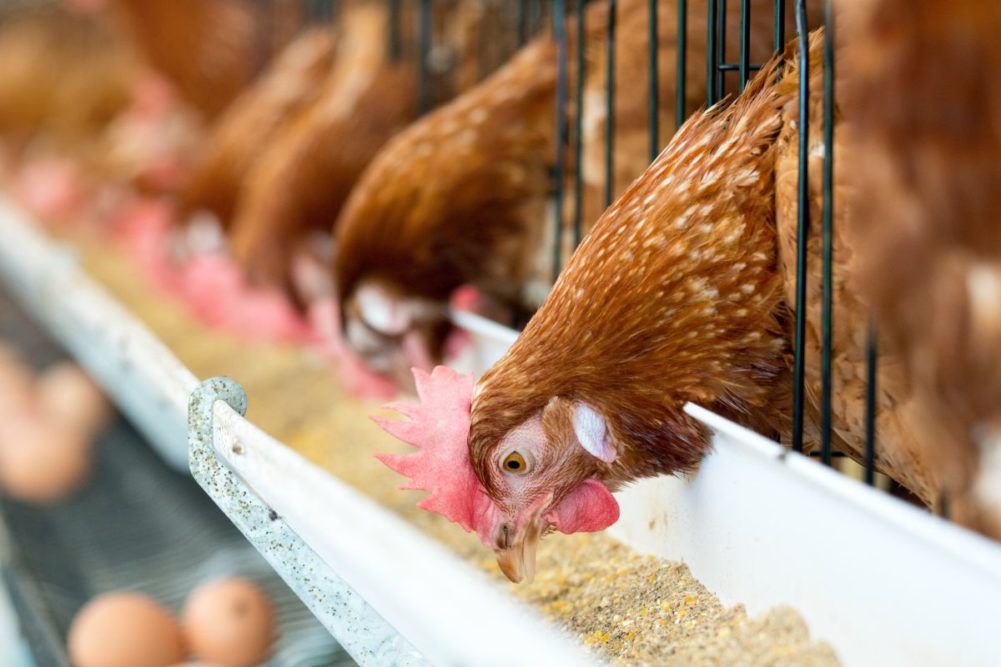
Wayne-Sanderson Farms building new feed mill
DANVILLE, ARKANSAS, US — Wayne-Sanderson Farms, the third largest poultry producer in the United States, announced that it is constructing a feed mill at the company’s Danville Fresh Processing Complex in Arkansas. The $43 million facility will be located on 21 acres adjacent to the main processing facility and will have the capacity to produce more than 8,500 tons of feed weekly.
Purpose-designed and built to serve 125 family farm partners in the region, the new mill will provide complete nutrition solutions for local farmers, the company said. In addition to serving regional poultry farms, the company said corn and other grain products will be purchased from local farmers, creating an even larger fiscal impact from the new mill.
“Farming and poultry are the economic drivers here,” said Toby Tapp, manager of the Danville facility. “Poultry is big business in Yell County and across the region. We just took the mayor, city administrator, county judge and other officials on a tour of the construction site and we’re getting lots of support — the entire community is excited to see construction begin.”
Nearly 380 truckloads or 2,450 cubic yards of concrete will be continuously poured using the slipped-form method and will be finished in about a week once pouring begins, the company said. Separate grain silos will be erected this spring, and Tapp expects the entire facility to be finished and serving local farmers by April 2025.
The new facility will be able to mix a variety of feed formulations using corn, soybean meal, minerals and vitamins to meet a full range of dietary requirements, from baby chick feed to broiler, pullet and hen formulas. Set up with two dedicated receiving systems capable of unloading 26,500 bushels of corn or soy grain per hour, the mill also will feature expanded storage for ingredients, finished feed, whole grains, liquids and warehouse space for stored inventory.
It also will feature twin pellet mills that can produce feed at 45 tons per hour, and it will be able to mix and batch feed at 160 tons per hour. With a 10-minute load time for outbound feed trucks, the mill will feature emergency generators, mill automation and lighting/HVAC systems, a requirement to ensure ongoing operations during severe weather events and potential power outages.